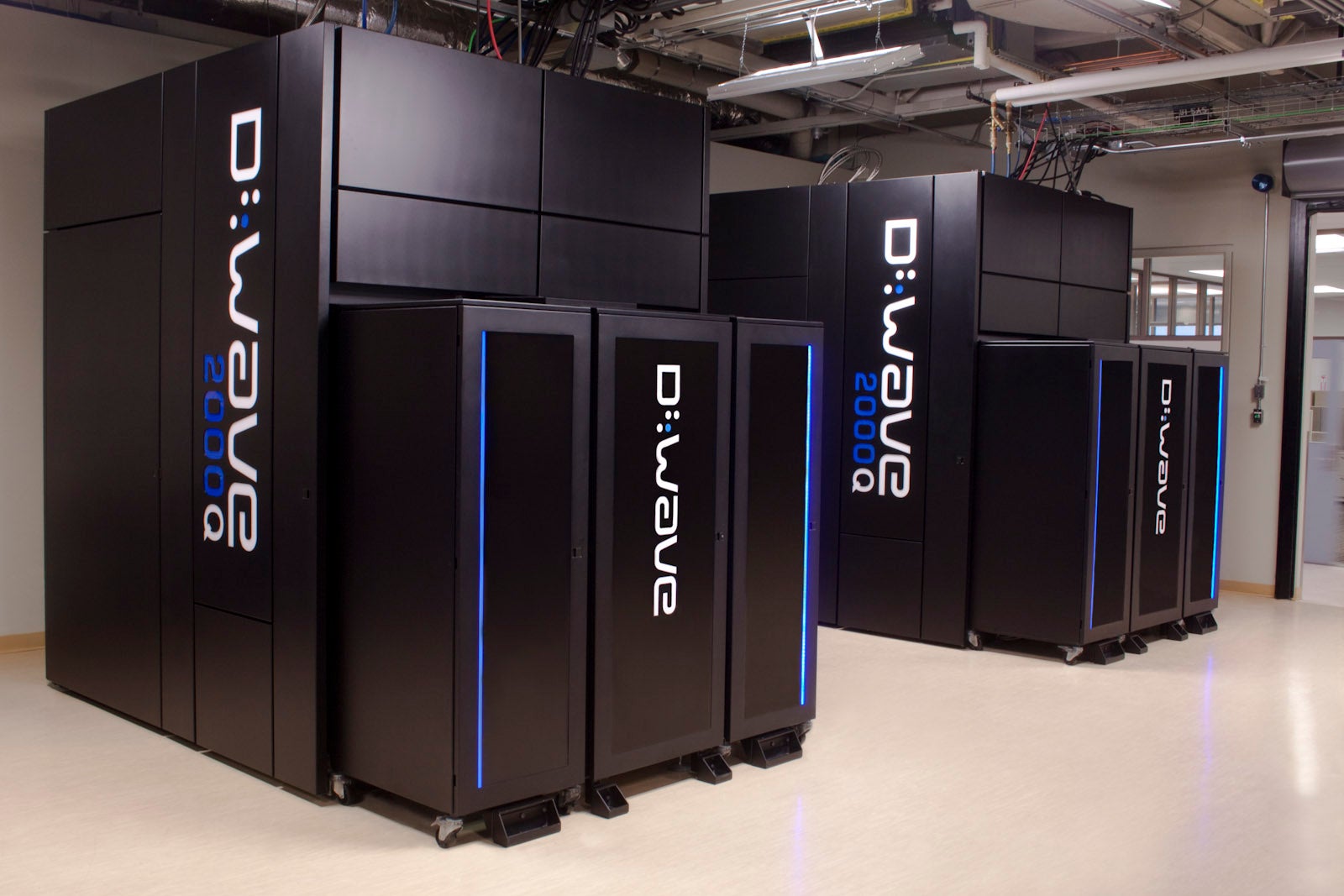
Earnings per Share (EPS) of -$0.37, missing estimates but with higher-than-expected revenue of $2.31 million.
Positive stock movement attributed to revenue performance and new customer acquisition.
Despite a negative P/E ratio, investor confidence remains high due to potential growth.
D-Wave Quantum, trading on the NYSE under the symbol QBTS, is a company focused on quantum computing technology. On March 13, 2025, QBTS reported its earnings, revealing an earnings per share (EPS) of -$0.37, which was significantly lower than the estimated EPS of -$0.09. Despite this, the company generated a revenue of approximately $2.31 million, surpassing the estimated revenue of $2.23 million.
The company’s stock is experiencing a rise, as highlighted by Barron’s, despite the wider-than-expected loss. This positive movement in the stock price is attributed to D-Wave Quantum’s better-than-expected revenue performance and its continued success in gaining new customers. The company’s ability to exceed revenue expectations suggests strong demand for its quantum computing solutions.
QBTS has a negative price-to-earnings (P/E) ratio of approximately -9.42, indicating that it is currently not profitable. However, its price-to-sales ratio stands at a high 175.76, suggesting that investors are willing to pay a significant premium for each dollar of sales. This reflects investor confidence in the company’s future growth potential despite its current lack of profitability.
The enterprise value to sales ratio is 156.53, which also reflects a high valuation relative to sales. Additionally, the enterprise value to operating cash flow ratio is -23.26, indicating negative operating cash flow. These metrics highlight the challenges QBTS faces in achieving profitability, but also underscore the market’s optimism about its long-term prospects.
Despite these challenges, QBTS maintains a relatively low debt-to-equity ratio of 0.13, suggesting a conservative use of debt in its capital structure. The company also has a strong current ratio of 6.14, indicating good short-term financial health and the ability to cover its current liabilities with its current assets. This financial stability provides a solid foundation for QBTS as it continues to navigate the competitive quantum computing landscape.
